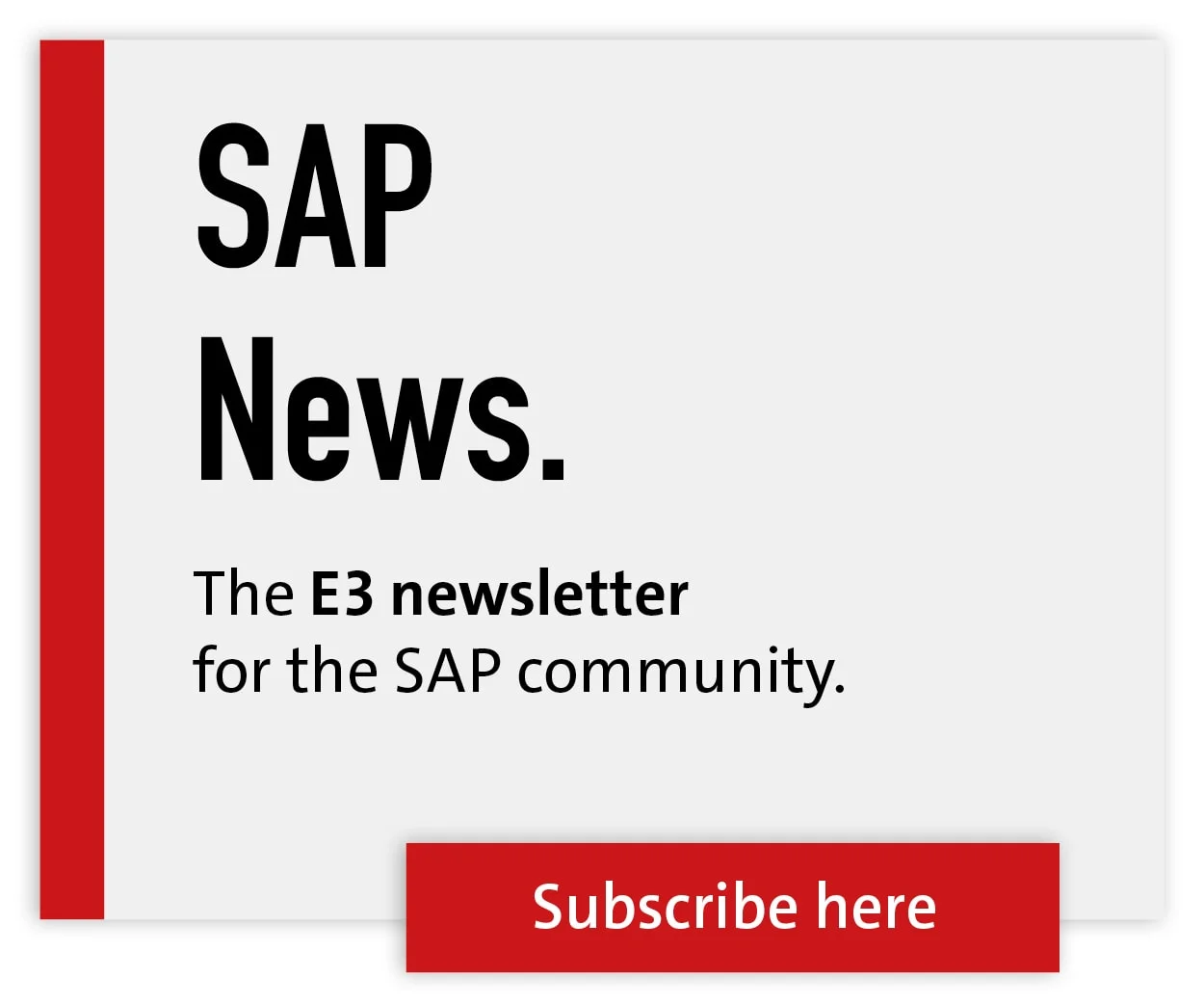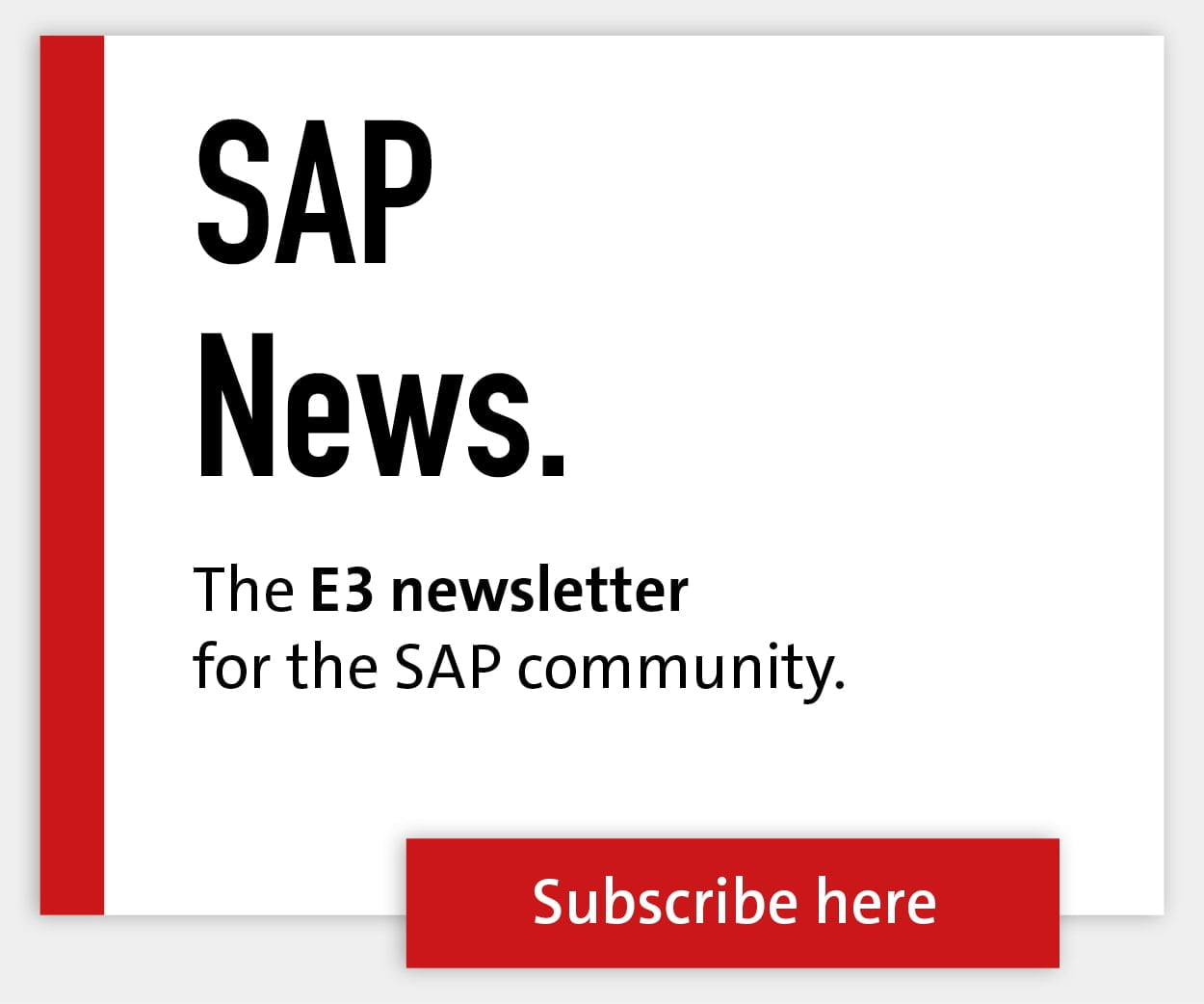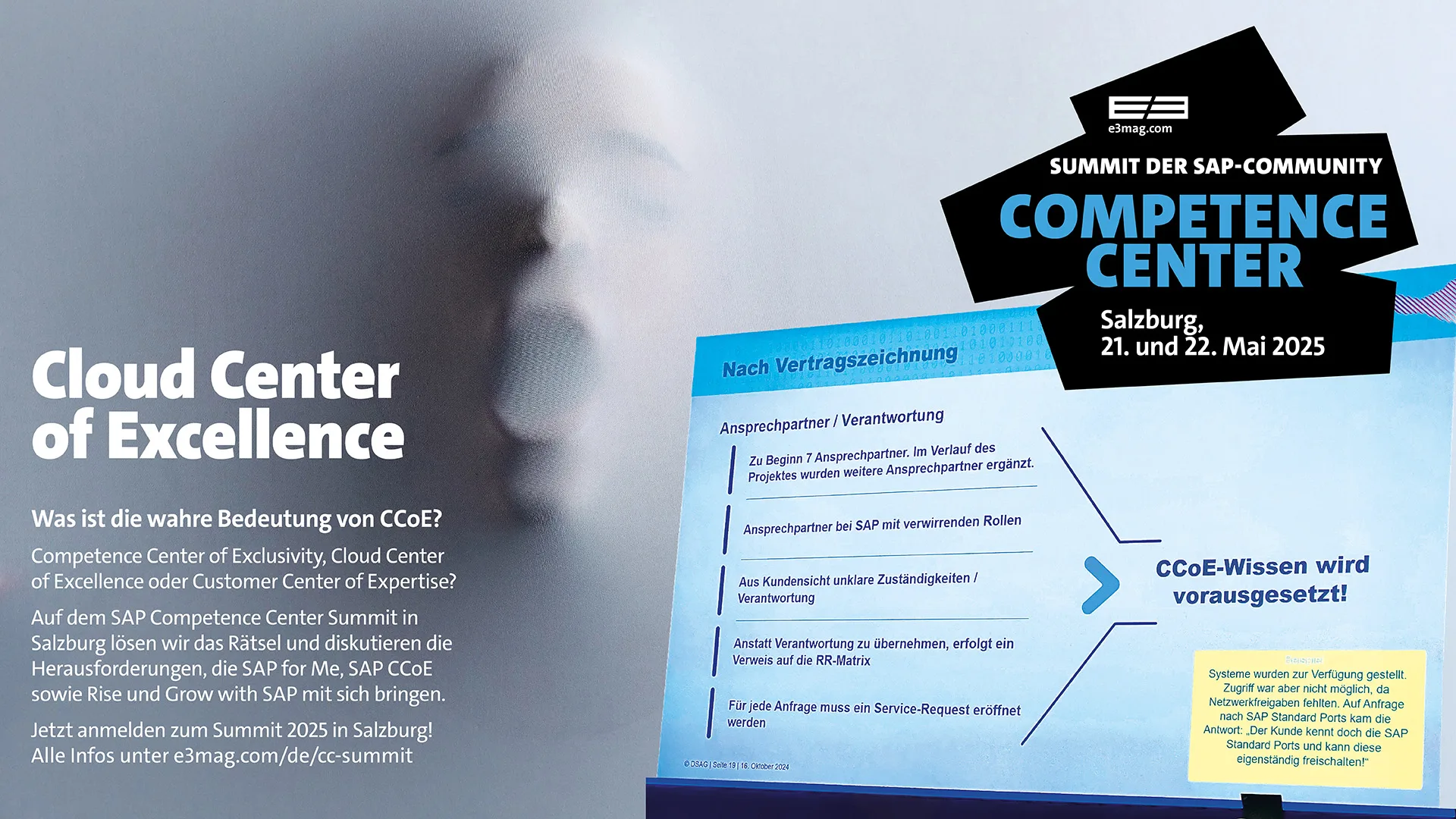Linux as a Cornerstone for Software-Defined Infrastructure


Linux is ever more prevalent in SAP and non-SAP environments. Recent figures, published by IDC, are testimony to record sales numbers. In fact, the majority of systems already come with Linux pre-installed. Moreover, Linux has long since established itself in SAP environments. The shift from Unix to Linux of NetWeaver-based system with Any-DBs, the Hana consolidation and the use of Hana-based SAP applications contributed to the almost fixed position of Linux.
Numerous SAP user companies replacing the classic ERP with S/4 have already finished the migration to Hana, the migration from Unix or Windows to Linux as well as the Any-DB shift. Other user companies are planning to do so or are in the middle of the SAP transformation process.
Although Linux means change, it is a familiar constant in the SAP environment already, evidenced by the 20 year anniversary of the SAP Linux Lab next year. This lab was the starting point for many developments and innovations for the use of Linux and open source in mission critical SAP environments. Apart from Linux, these include OpenStack, container technology with Kubernetes, Enterprise Storage with Ceph or application delivery based on Cloud Foundry.
Levers for digitization
Linux and open source are tied very closely to digital transformation and digitalisation. In this context, one topic is very important: software-defined infrastructure (SDI). An SDI is a flexible and open infrastructure environment based on software and makes it possible to connect internal IT landscapes with external cloud services automatically. This happens independently of the underlying infrastructure with server, storage, network.
To be precise: In the era of hybrid cloud, a software-defined infrastructure makes it possible to access data from outside the company, or for e.g. a cloud platform to access data from inside the company. According to a user survey, SDI will be most likely used with open source and open standards. There are many factors contributing to that decision, but the most common are costs, open source’s high potential of innovation, a simplified system integration of various open source solutions or to avoid a vendor lock-in.
SDI solutions available
For a long time now, SAP and Suse have promoted the use of open source and SDI. Here, Suse Linux Enterprise Server (SLES) for SAP Applications as technology compatible OS platform for different business concepts is very important.
What is more, other SDI and open source solutions by Suse for the use with SAP to master the challenges of digitalisation with an agile and modern infrastructure also play a key role. These include Suse OpenStack Cloud (private cloud/IaaS), Suse Cloud Application Platform (container management/Kubernetes), Suse Enterprise Storage (Ceph) and Suse Manager (Enterprise System Management). They all come together in the bundle Suse Software-Defined Infrastructure.
In the SAP environment, the data center transition with software-defined infrastructure components is already mapped out. SDI and open source solutions are available and ready to use. To avoid or postpone the implementation of SDI is therefore not the smartest move.









